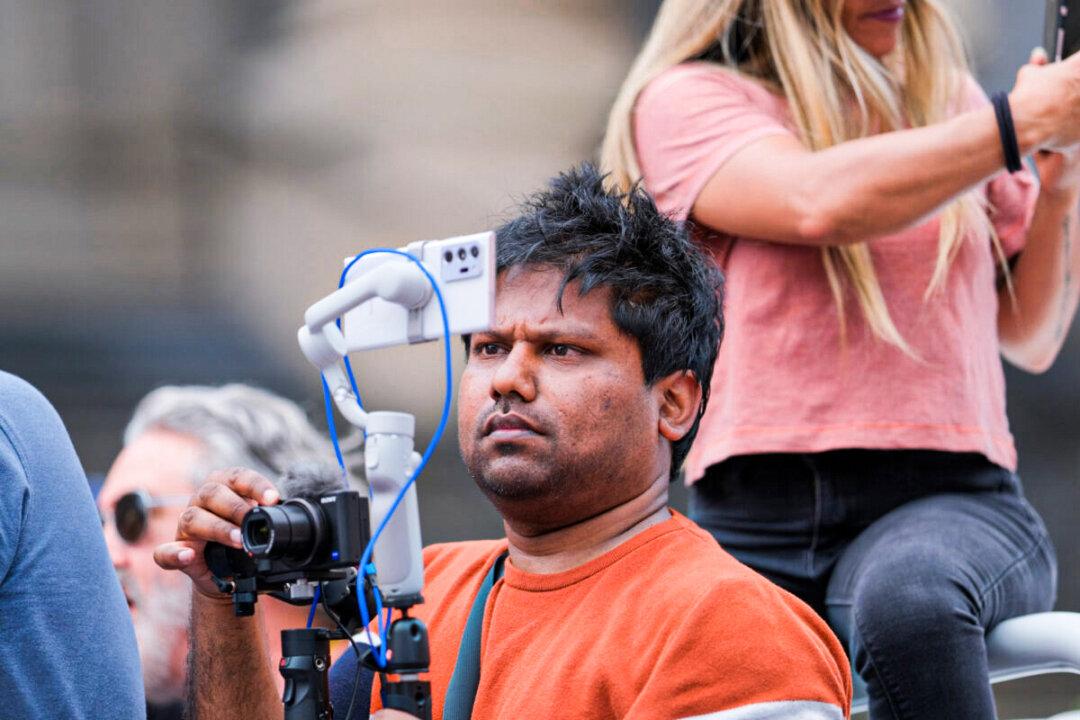For Rukshan Fernando, something simply didn’t add up—it didn’t make sense.
News outlets portrayed the “government as doing great, the police are doing great, and that everything was great” in Victoria’s handling of the pandemic.


For Rukshan Fernando, something simply didn’t add up—it didn’t make sense.
News outlets portrayed the “government as doing great, the police are doing great, and that everything was great” in Victoria’s handling of the pandemic.